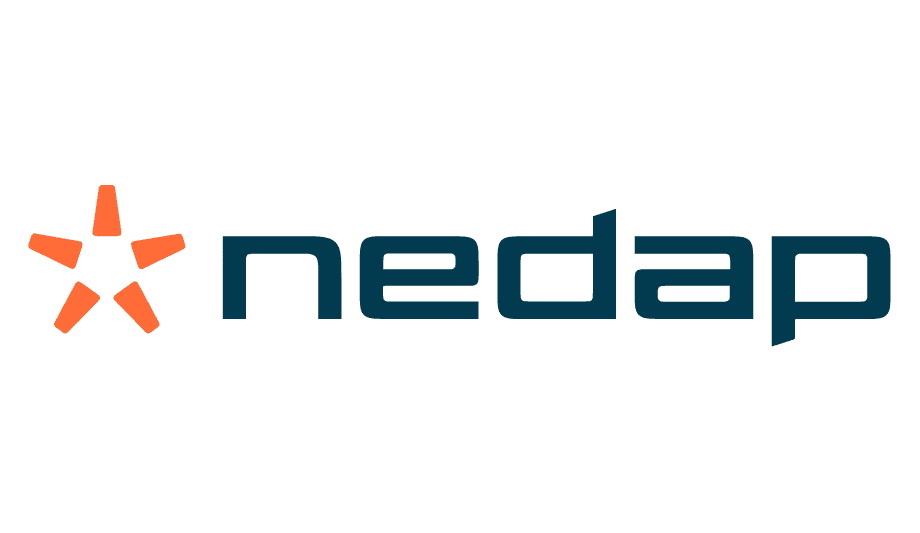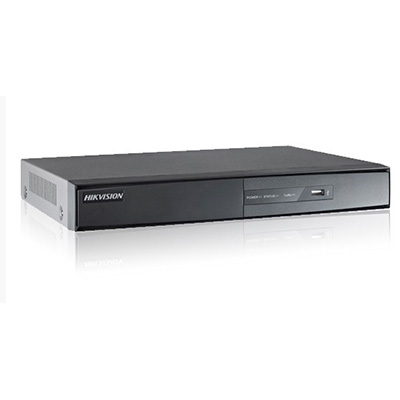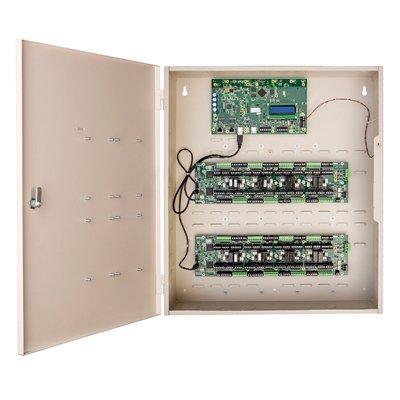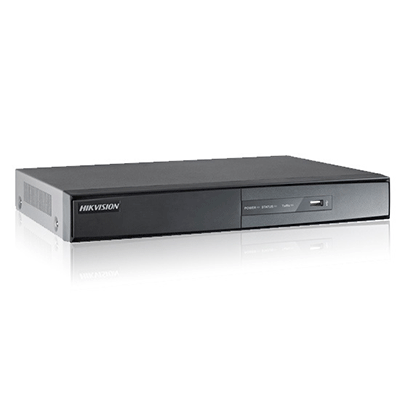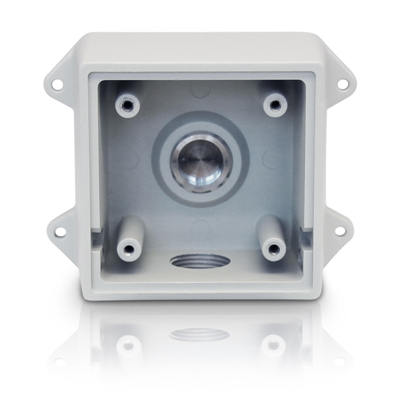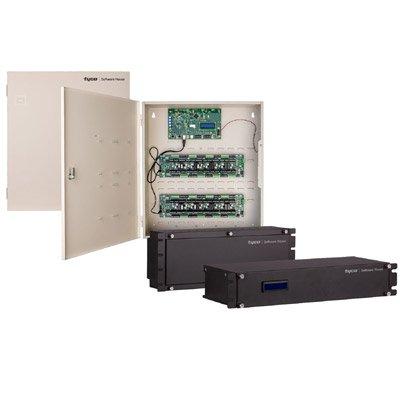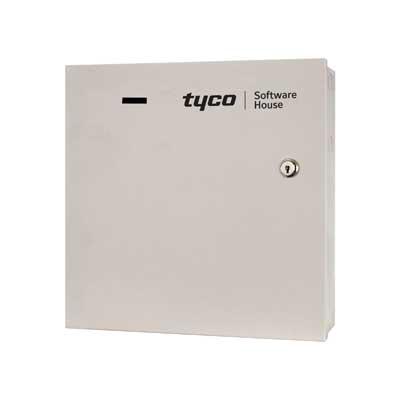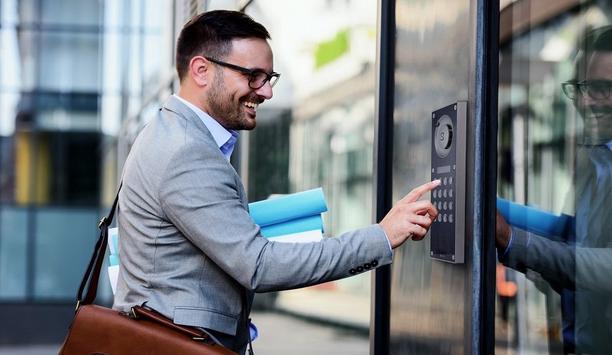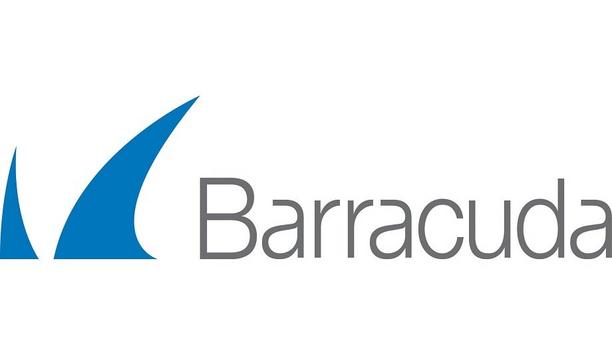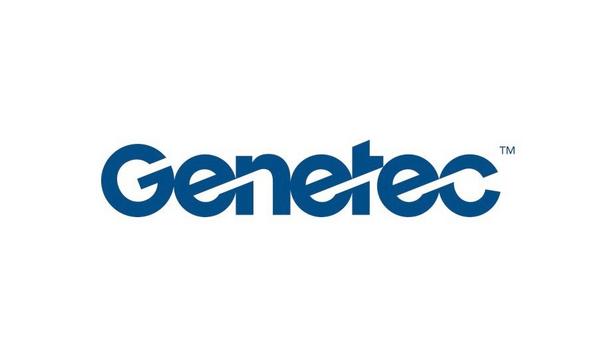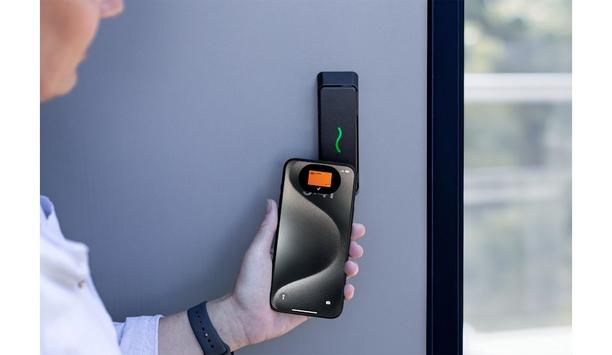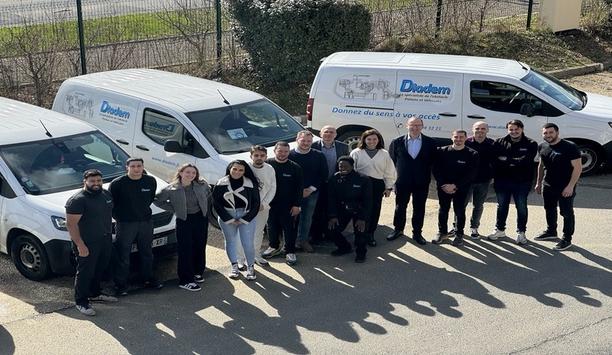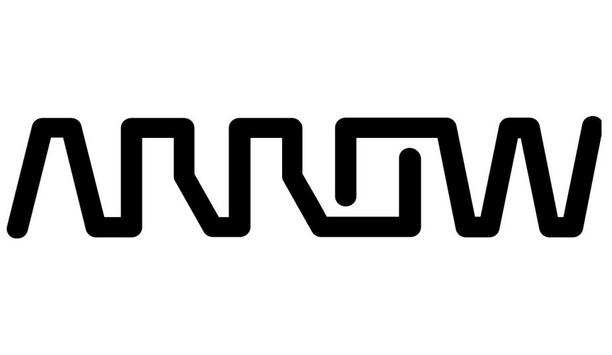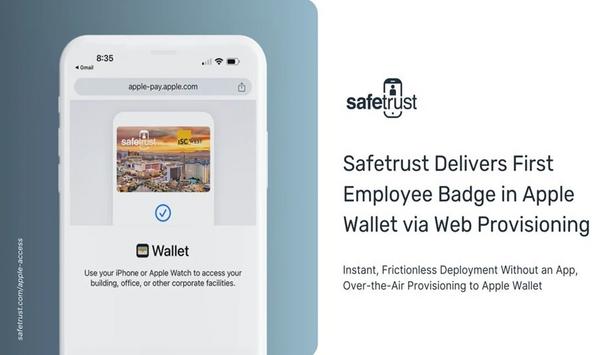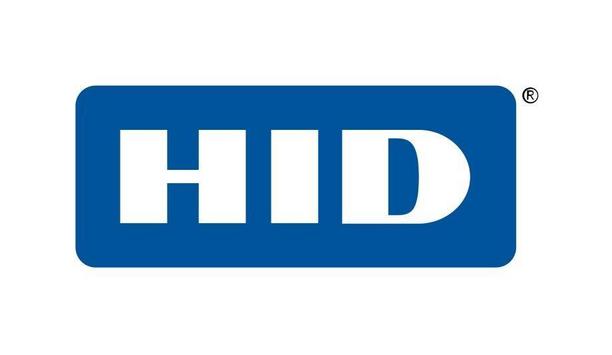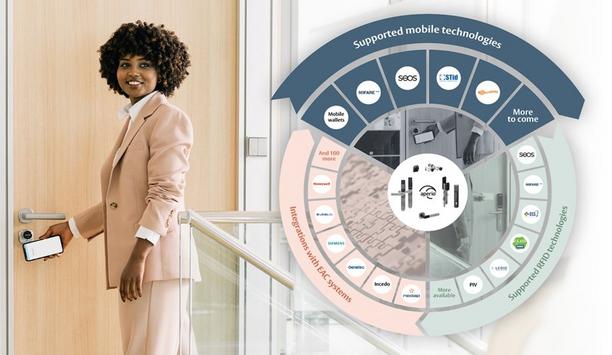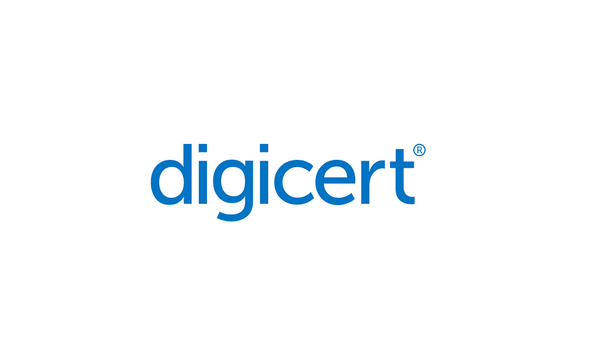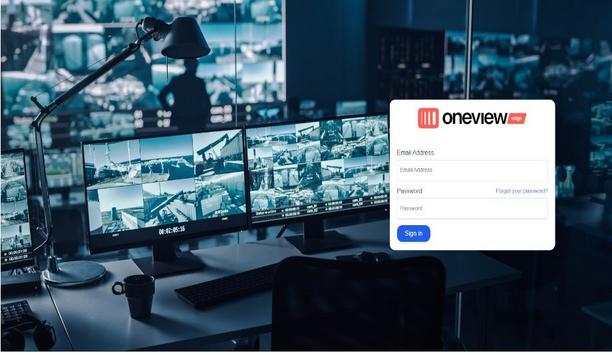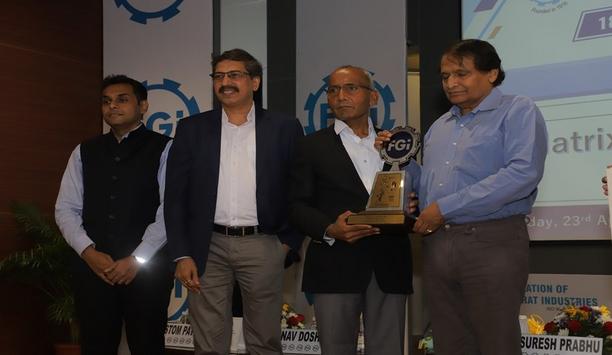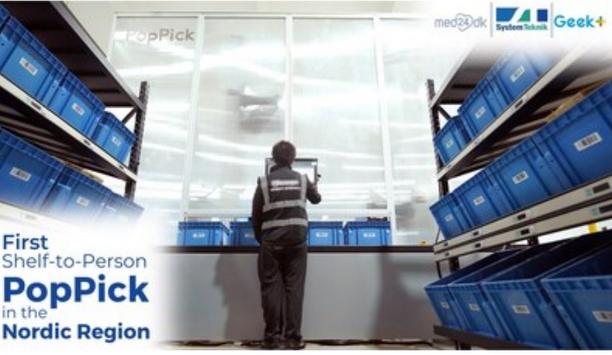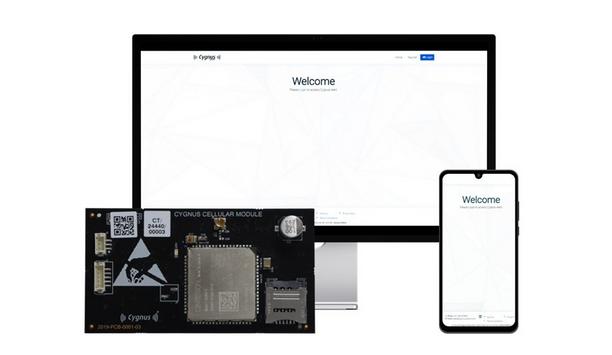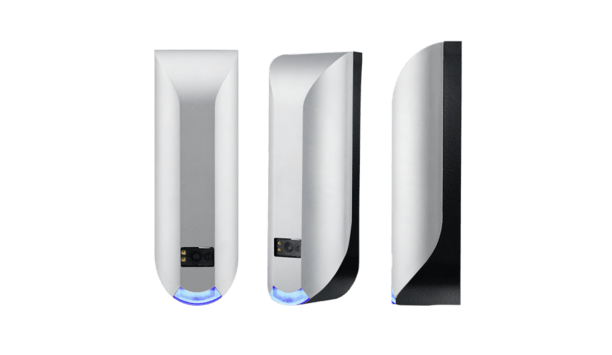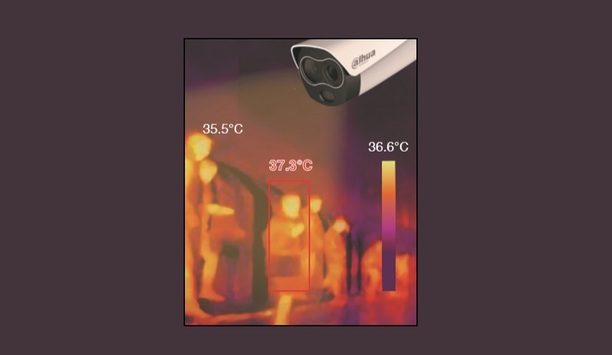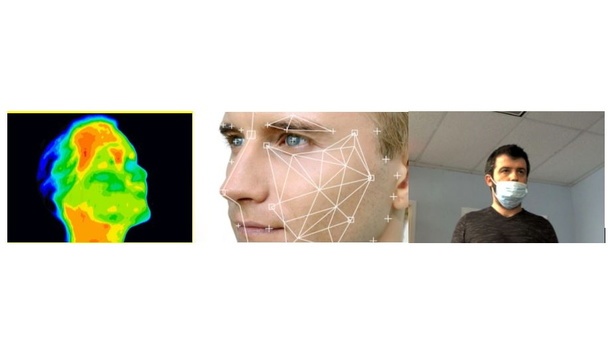Nedap adds the multiple technology reader NVITE to their long-range identification product portfolio, for contactless driver identification. As a specialist in systems for long-range identification, Nedap is offering a wide range of solutions to identify vehicles and drivers, without delaying them.
NVITE supports reading a wide range of credential technologies, such as Smartcards, Proximity cards and QR codes. The built-in Bluetooth Low Energy (BLE) and Near Field Communication (NFC) modules enable secure communication with third party smartphone applications.
Access control applications
NVITE is the state-of-the art reader that serves mixed user-groups, such as staff, tenants and visitors, in parking and access control applications. A welcoming experience starts at the gate, specifically for visitors, contractors and other users that come and go on a non-frequent basis. It is often challenging to manage these groups and from experience it is common knowledge that these type of groups can cause challenges that result in queuing at the gate.
Nedap provides flexibility to end-users and integrators to manage these types of vehicle flows
Offering a reader that supports multiple technologies in one device, Nedap provides flexibility to end-users and integrators to manage these types of vehicle flows using dedicated identification methods depending on user rights. Combined with the other solutions in its product portfolio Nedap is able to accommodate an even larger flow of vehicles, thereby contributing to a seamless entry and exit process at the gate.
Multiple credential technologies
“Our partners in the field of security now have access to an all-in-one reader that supports multiple credential technologies. In order to further optimize their services for multi-tenant and visitor management combined with physical and parking access control,” says Ido Wentink, Proposition Manager for the solutions portfolio for Automatic Vehicle Identification.
“NVITE is the compact, flexible reader that enables users to identify themselves by presenting their card, scanning a QR code or activating their smartphone for having access to the facility.”
The NVITE reader supports the following credential technologies:
- Smartcard (13,56 MHz): LEGIC Advant and Prime, MIFARE (DESfire), HID iClass, Sony Felica
- Proximity card (125 kHz): Nedap, HID Prox, EM4200, AWID
- QR: Quick Response and most mainstream 1D and 2D barcodes
- Bluetooth Low Energy (BLE) and Near Field Communication (NFC)
Enabling secure communication
To serve a growing number of mobile applications, Nedap has developed the Mobile ID Protocol. This protocol enables secure communication between the reader and any third party smartphone app. Nedap Mobile ID wireless communication protocol is based upon BLE and NFC.
With this, the NVITE reader and third party application will perform secure authentication. NVITE supports a variety of well-established industry-standard communication protocols, such as Wiegand and OSDP (Open Supervised Device Protocol). These protocols enables seamless communication between the reader and a wide variety of access control panels.
